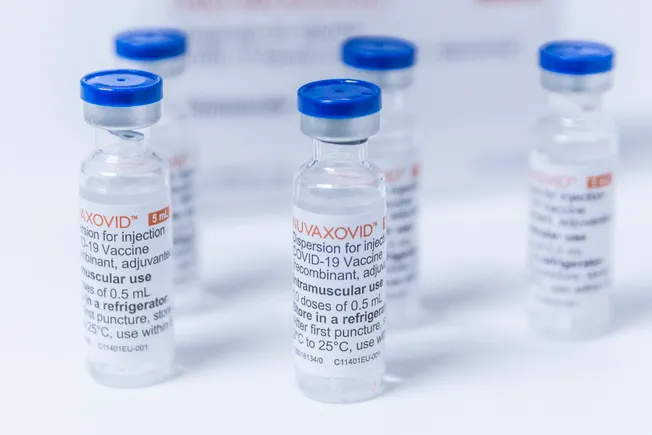Multianalyte Nanopore Detection of Alzheimer's Biomarkers: A Label‐Free Platform with Improved Sensitivity and Range
Advanced Healthcare Materials, EarlyView.

This study introduces a label-free, ultrasensitive method for detecting Alzheimer's disease (AD) biomarkers using alpha-hemolysin (α-HL) nanopores. The technique leverages charge and structural differences to identify amino acid-level variations in protein biomarkers at the single-molecule level within cerebrospinal fluid and serum. It demonstrates exceptional selectivity, reliability, and stability, offering a powerful tool for AD diagnosis and biomarker analysis.
Abstract
Due to matrix interference, detection methods for protein biomarkers in body fluids are limited. Commonly used methods often require antibody modification or fluorescent labeling. Furthermore, subtle differences in protein sequences make it more challenging to detect and differentiate multiple biomarkers. This study introduces a novel nanopore-based method for simultaneous, label-free detection of key Alzheimer's disease (AD) biomarkers in biological samples. The technique enables distinguishable and ultrasensitive detection of amyloid-beta peptides (Aβ42,Aβ40) amyloid precursor protein (APP669-711), and tubulin associated unit (Tau) proteins in cerebrospinal fluid and serum. The method successfully identifies AD biomarkers by directly detecting Aβ42 in cerebrospinal fluid and can detect age-dependent changes in Aβ levels in AD mice models, demonstrating reliability comparable to established enzyme linked immunosorbent assay (ELISA) assays and brain plaque-staining confocal imaging. Notably, this method achieves significant advancements in detecting 2.1 pm Aβ42 and 1.5 pm APP(669-711), as well as 627 fm Aβ40 in serum. This improvement in nanopore technology addresses the challenges of detecting Aβ and Tau alterations in complex biological samples and differentiating between similar protein sequences. The study marks a significant advancement in the analysis of pathogenic proteins in physiological samples, also offering a powerful tool for AD research and diagnostics.










































































































































































.jpg)






